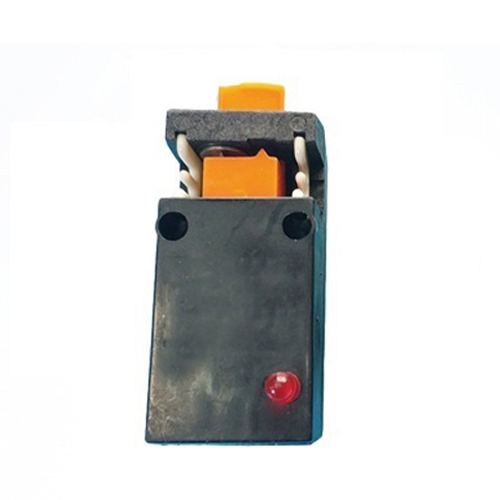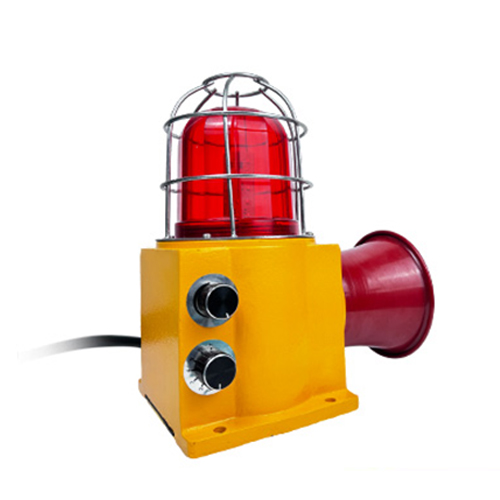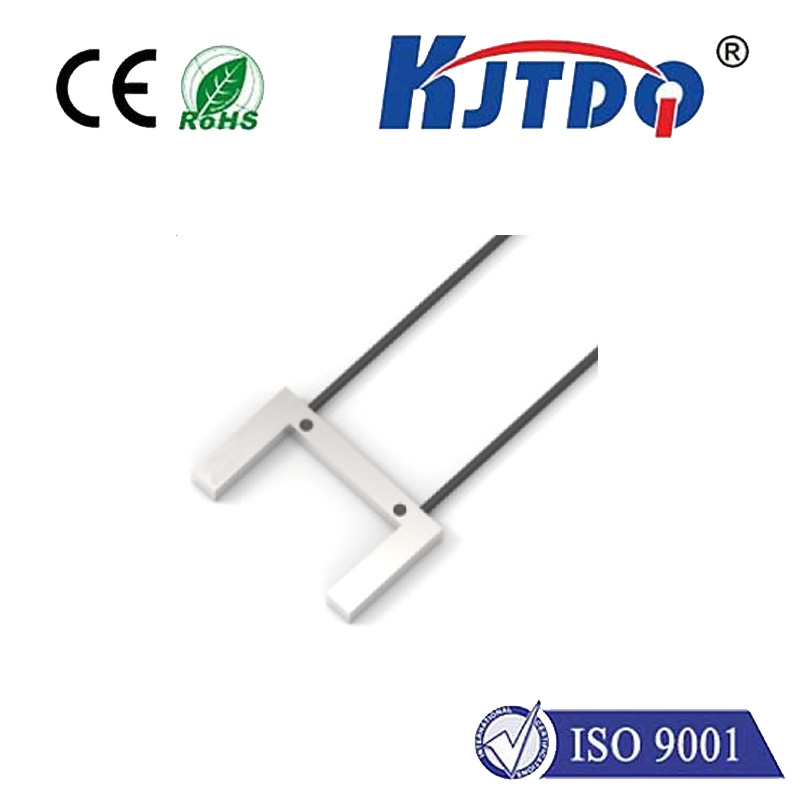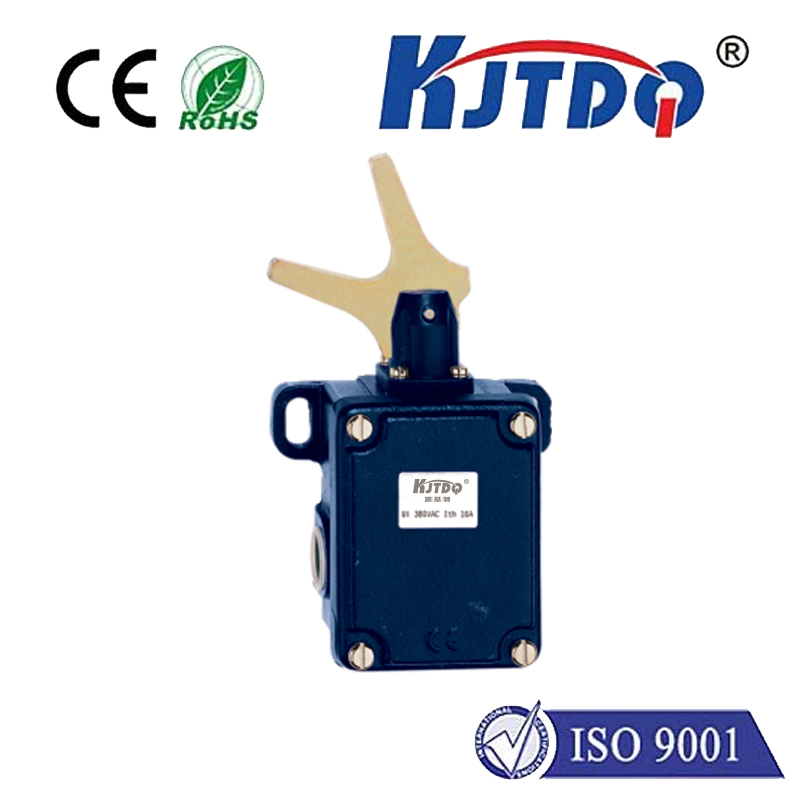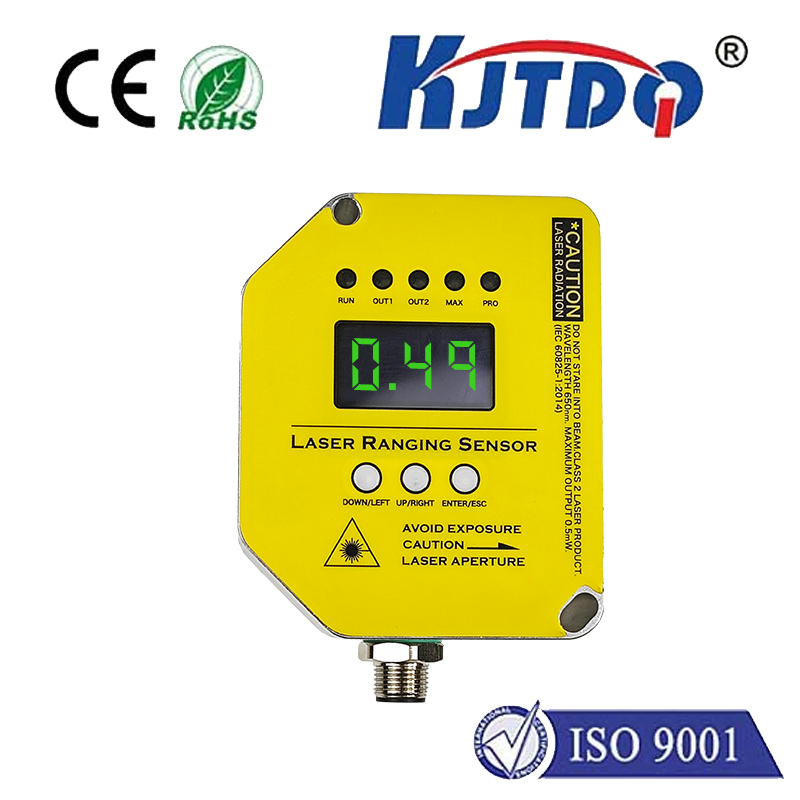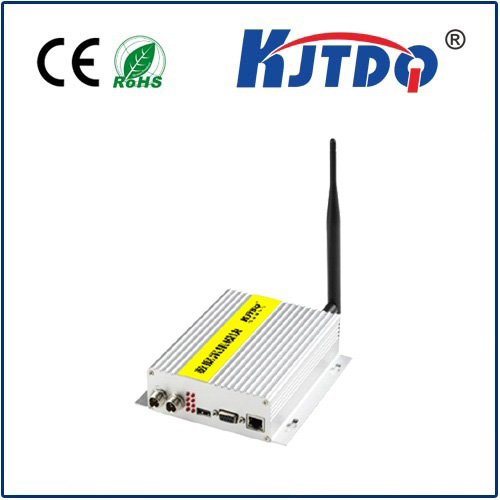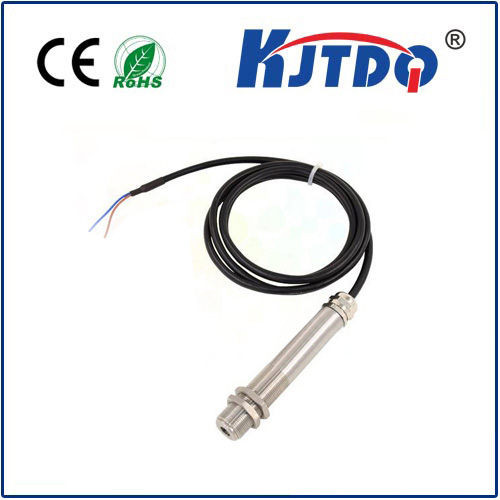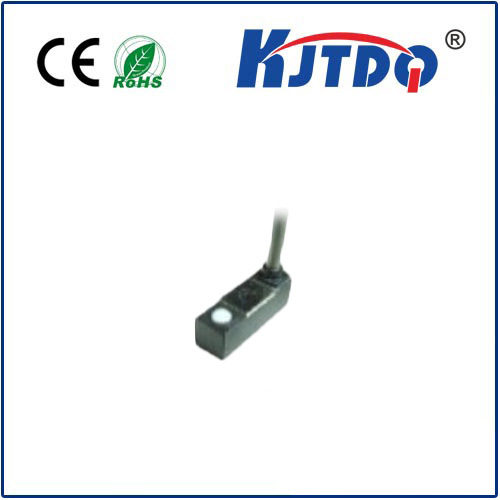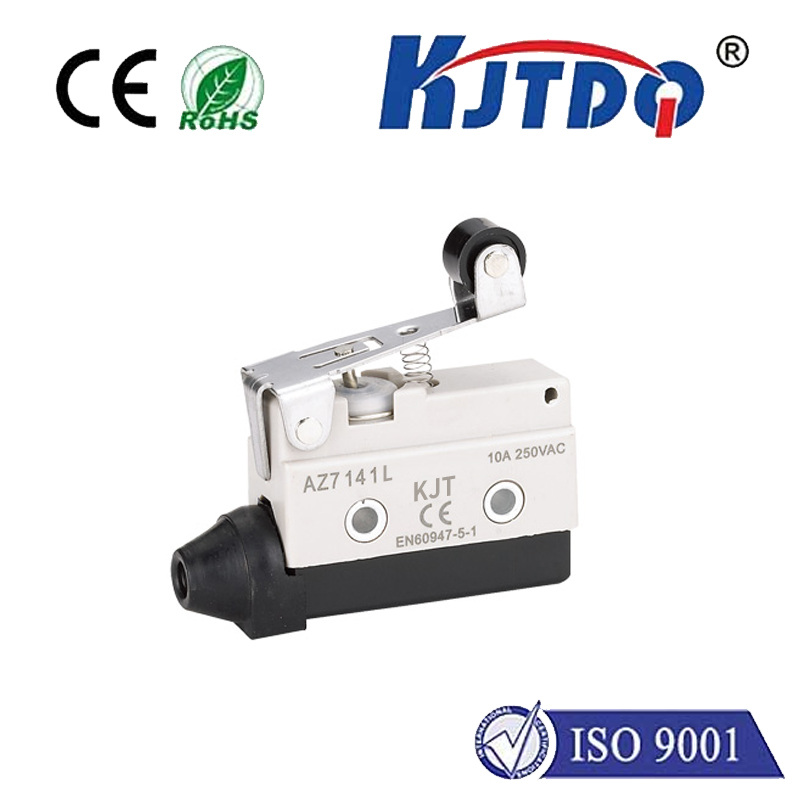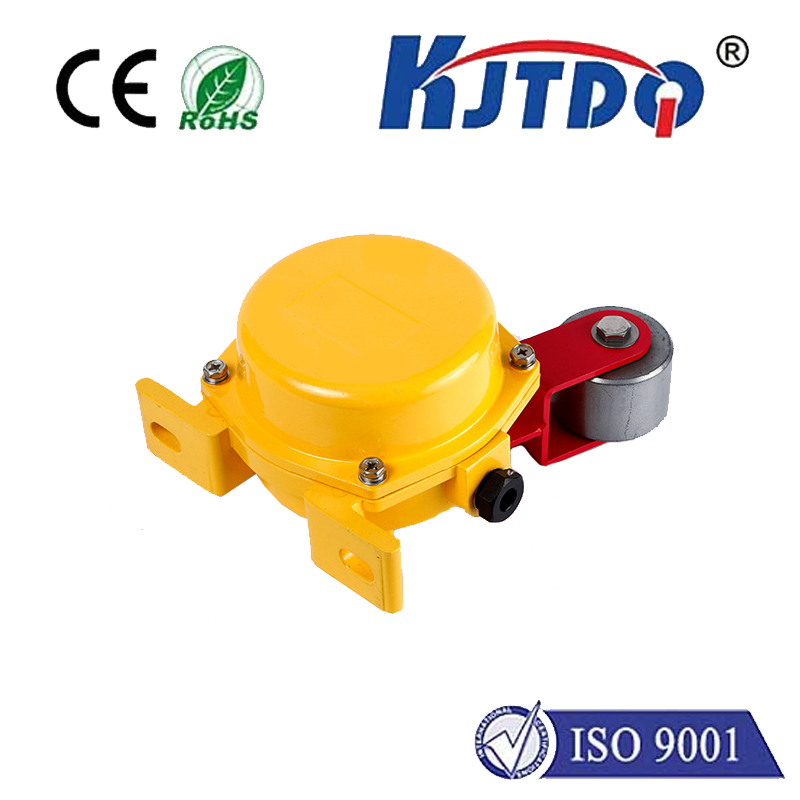BES02HC proximity sensor
- time:2025-10-02 07:20:03
- Click:0
BES02HC Proximity Sensor: Your Reliable Partner for Non-Contact Metal Detection
Imagine an industrial setting humming with activity: robotic arms swinging with precision, conveyor belts transporting components, and intricate assembly lines operating seamlessly. At the heart of this orchestrated movement, ensuring safety, accuracy, and efficiency, often lie unassuming heroes – proximity sensors. Among these, the BES02HC Proximity Sensor stands out as a robust and dependable solution, specifically engineered for demanding applications where reliable non-contact detection of metal objects is paramount.
Unpacking the BES02HC: Inductive Sensing Excellence
The BES02HC belongs to the category of inductive proximity sensors. Its core operating principle hinges on generating a high-frequency electromagnetic field from its active sensing face. When a metallic object enters this field, it induces eddy currents within the metal. These currents cause a measurable change (damping) in the sensor’s internal oscillator circuit. The sensor’s electronics detect this change and trigger a solid-state switching output – signaling the presence of the target object without any physical contact. This fundamental advantage makes it ideal for environments where contact could cause wear, contamination, or damage.

Engineered for Tough Industrial Realities
What sets the BES02HC apart is its inherent design focused on durability and performance in challenging industrial conditions. Key features tailored for resilience include:
- Robust Housing: Typically constructed from high-quality materials like nickel-plated brass or stainless steel variants, the BES02HC offers exceptional resistance to mechanical stresses, impacts, and vibration commonly found in factory floors or machinery.
- High Corrosion Resistance (HC): The “HC” designation is a significant clue. This sensor is specifically treated or constructed (often with specific housing materials and seals) to withstand corrosive environments. Think applications exposed to coolants, cutting fluids, washdown procedures, chemicals, salty air, or general atmospheric corrosion, where standard sensors might quickly deteriorate. Its sealing typically achieves an IP67 or higher rating, signifying excellent protection against dust ingress and temporary immersion in water.
- Extended Temperature Range: Engineered to operate reliably across a wide temperature spectrum, often from -25°C to +70°C (or even wider in some variants), ensuring consistent performance in hot machine enclosures or cold storage areas.
- Stable Sensing Performance: Designed for consistent and dependable switching points, minimizing the risk of false signals or missed detections, crucial for process reliability and safety.
Where the BES02HC Proximity Sensor Shines: Key Applications
The combination of non-contact detection, metal sensing capability, and rugged construction makes the BES02HC incredibly versatile:
- Machine Tooling & Automation: Detecting tool positions, presence/absence of metal workpieces, spindle orientation, end-of-travel limits on slides, pallet position verification, and guarding applications on CNC machines, lathes, mills, and robotic cells. Its resistance to coolant splashes is vital here.
- Material Handling & Conveyors: Monitoring the presence of metal containers, boxes with metal components, or totes on conveyor lines; verifying elevator car position; detecting metal parts entering or exiting processing stages.
- Packaging Machinery: Confirming the presence of metal lids, cans, or foil-sealed packages; controlling filling levels by detecting metal components; verifying cap placement.
- Automotive Manufacturing: Position sensing on assembly lines (e.g., engine blocks, transmissions); detecting robotic arm end effectors; verifying component seating; safety guarding on presses and welding stations. The HC rating protects against exposure to oils, greases, and cleaning agents.
- Food & Beverage Processing (Metal Components Only): While not for direct food contact, detecting metal machinery parts, metal cans, or foil lids on bottling/packaging lines, especially in areas requiring frequent washdown (crucially dependent on specific housing/material certifications like FDA-compliant seals if needed).
- Pulp & Paper Industry: Position detection on rollers, cutters, and winders in harsh, humid, and potentially corrosive paper mill environments.
Integrating the BES02HC: Practical Considerations
Successfully deploying this sensor involves understanding its specifications:
- Sensing Distance: Inductive sensors like the BES02HC have a nominal sensing range (Sn). This is the rated detection distance for a standard target. Always consult the datasheet, as the actual usable range can be affected by target metal type (steel, aluminum, brass etc.), size, and shape. Factor in a safety margin (typically 10-20% less than Sn) during installation.
- Output Type: Available in various configurations:
- DC 3-Wire: Common types include NPN Normally Open (NO), NPN Normally Closed (NC), PNP NO, and PNP NC. Choosing the correct type (NPN vs.






